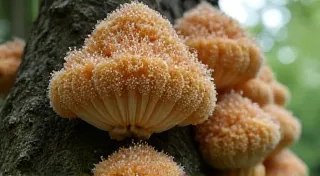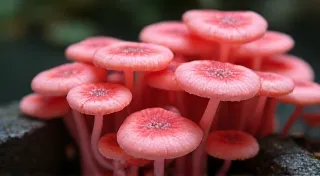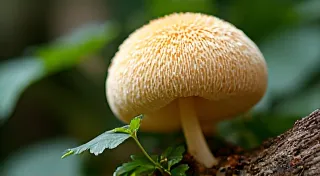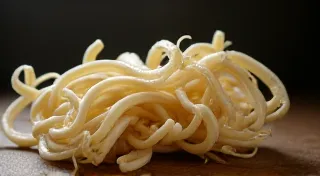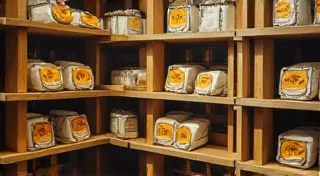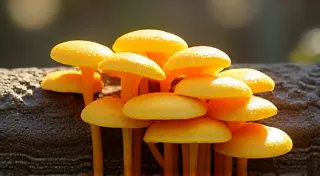Understanding Mushroom Spores: The Beginning of Life
Welcome to the fascinating world of mushroom cultivation! While many focus on the fruiting bodies – the mushrooms we recognize and enjoy – the journey begins much earlier, with something incredibly tiny: the mushroom spore. These microscopic structures are the seeds of the fungal kingdom, and understanding them is crucial for successful home cultivation, especially when working with exotic and gourmet varieties.
What are Mushroom Spores?
Spores are essentially the reproductive units of fungi. Unlike seeds from plants, spores are single-celled and incredibly lightweight, allowing them to be dispersed by wind, water, insects, and even animals. They're the result of sexual reproduction in fungi, combining genetic material to create new possibilities. Think of them as containing the blueprint for an entirely new fungal organism. They're incredibly resilient, capable of surviving harsh conditions until the right circumstances arise for germination.
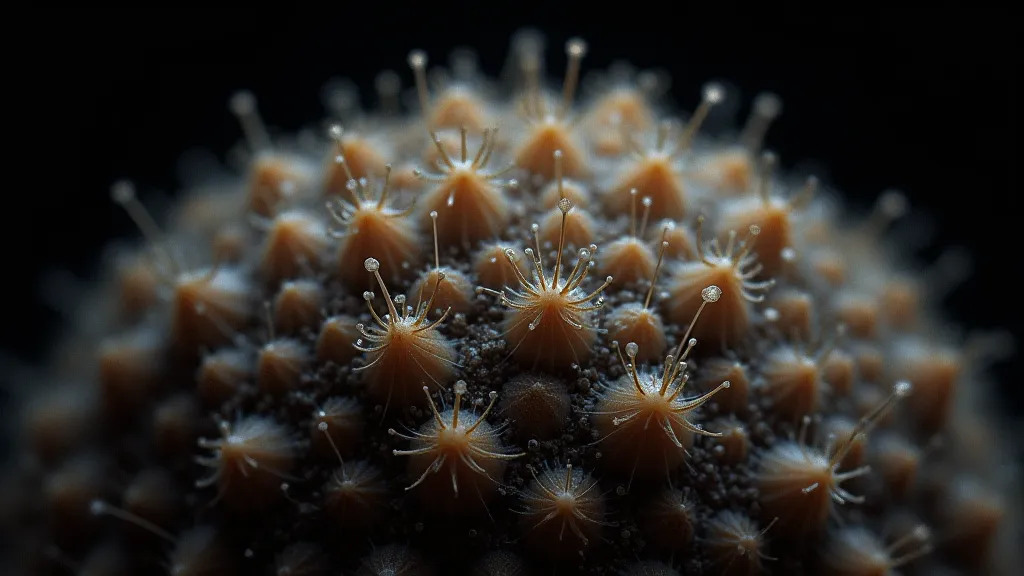
Collecting Spores: A Delicate Process
Collecting spores might sound daunting, but it's achievable at home. The easiest method involves the 'spore print' technique. Here's a breakdown:
- Choose a Mature Mushroom: Select a mature mushroom of the variety you want to propagate. The cap should be fully developed and starting to show signs of age – but not decaying.
- Prepare a Surface: Place a piece of dark paper (black or dark brown works best) under the mushroom cap. Aluminum foil or a glass slide can also work.
- Cover and Wait: Carefully remove the mushroom’s stem. Cover the cap with a small container (like a glass or plastic cup) to protect it from dust and insects.
- The Print Forms: Over several hours (typically 4-12), the cap will release its spores, leaving a dark print on the surface below. The darkness of the print will vary depending on the mushroom species – some are black, others gray, purple, or even pink.
Keep in mind that spore prints are best collected in a clean and relatively humid environment. Avoid direct sunlight or drafts.
Storing Spores: Maintaining Viability
Once you're blessed with a spore print, how do you keep those precious spores viable for later use? Proper storage is key. Here are a few options:
- Dry Storage: This is the most common method. Gently scrape the spore print from the paper using a clean, sharp tool (like a razor blade). Collect the spores and place them in a small, airtight container (like a vial or glass jar). Store the container in a cool, dark, and dry place – a refrigerator works well.
- Freezing: For longer-term storage, freezing spores can be beneficial. Follow the dry storage procedure, and then place the container in the freezer.
- Incorporating into Grain Spawn: You can immediately use the spore print to inoculate grain spawn (like rye or wheat berries). This bypasses the storage step and gets you closer to your mushroom harvest.
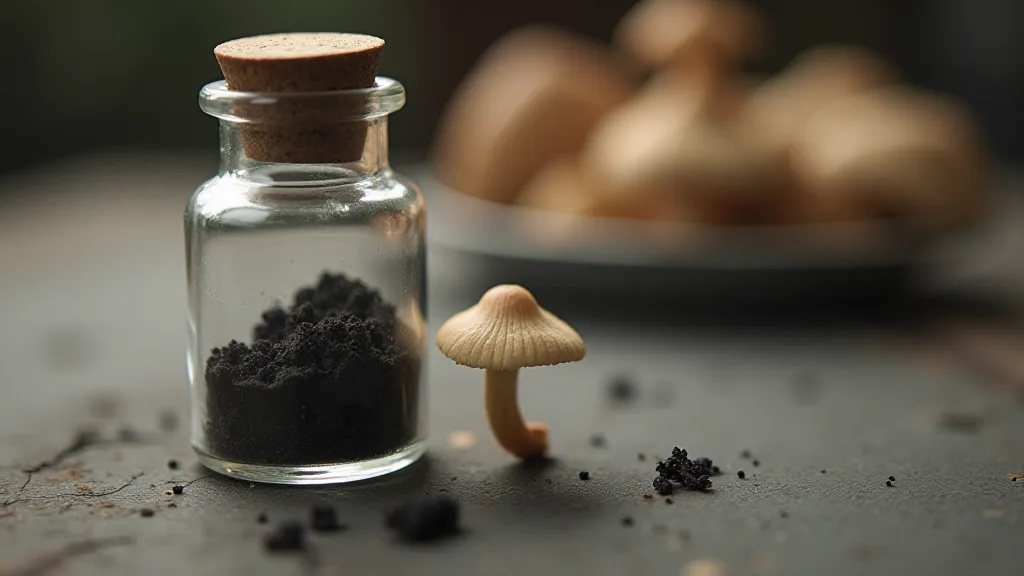
The Role of Spores in Mushroom Reproduction
Spores don’t immediately grow into mushrooms. They first germinate, producing a thread-like structure called a hypha. These hyphae grow and intertwine, forming a mycelium – the vegetative part of the fungus. The mycelium colonizes a substrate (like wood, straw, or grain), digesting it and absorbing nutrients. Eventually, under the right conditions (temperature, humidity, light, CO2), the mycelium will initiate the formation of a primordium – the tiny, pin-like structures that develop into mushrooms.
Understanding this entire process – from spore to mushroom – allows for better control and increased success in your home cultivation endeavors, particularly when working with the nuances of exotic and gourmet mushroom varieties. Remember that each variety has its own specific needs and environmental preferences. Careful observation and attention to detail are your best allies!

Final Thoughts
The humble spore may be tiny, but it holds immense power – the potential for life and flavor! Embrace the journey of understanding these fascinating structures, and you're well on your way to a rewarding experience with gourmet mushroom cultivation at home.
